Heat things up with some Buffalo Chicken Dry Rub! This buffalo seasoning transforms anything it touches into a lively, unforgettable culinary experience. It’s totally customizable where you can dial the heat up or down to your tastes. Elevate chicken, veggies, fish and more with this bold and beautiful spice blend!
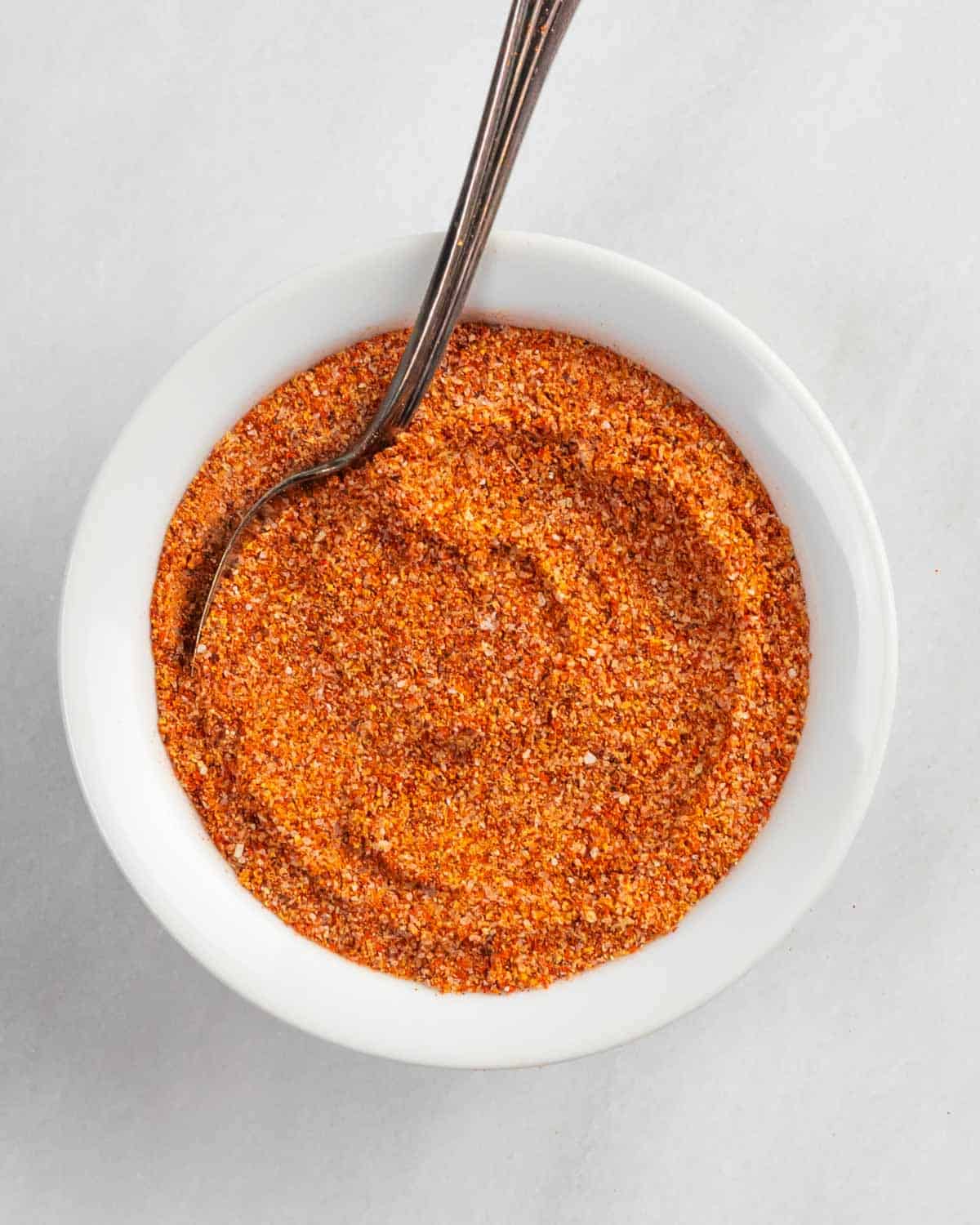
Jump to:
Buffalo seasoning is a very recognizable combination of spices with big, bold, spicy and savory flavors. While it’s often associated with chicken wings (thank you Buffalo Wild Wings!), it’s used on everything from shrimp and steak to tofu. It’s versatile and perfect for grilling, roasting and even on a Whole Smoked Holiday Turkey.
I originally put this blend together not realizing my spicy chicken rub was, in fact, a buffalo rub – just a little milder. It fits in with the mild to moderate heat of my other favorite rubs, like my Coffee Rub and my Sugar-free BBQ Seasoning. This seasoning is bright and exciting and may actually become your new ‘put it on everything’ rub. It definitely is in our house.
Why you'll love this recipe
- Made with pantry staples – chances are, you already have these spices on hand
- Customizable – adjust the heat to your liking by dialing up the cayenne or chili powder
- Versatile – use on any cut of chicken. It also works great to season any protein or veggies to add a splash of heat.
- Special diet friendly – this rub is sugar-free, low-carb keto, paleo, Whole30 and uses low-FODMAP spices – just leave out the onion and garlic and use asafoetida for a garlic-like flavor
What is buffalo seasoning?
Classic buffalo seasoning is a combination of garlic, paprika, cayenne pepper and other signature spices that gives a lively, smoky, savory and often very spicy kick to chicken.
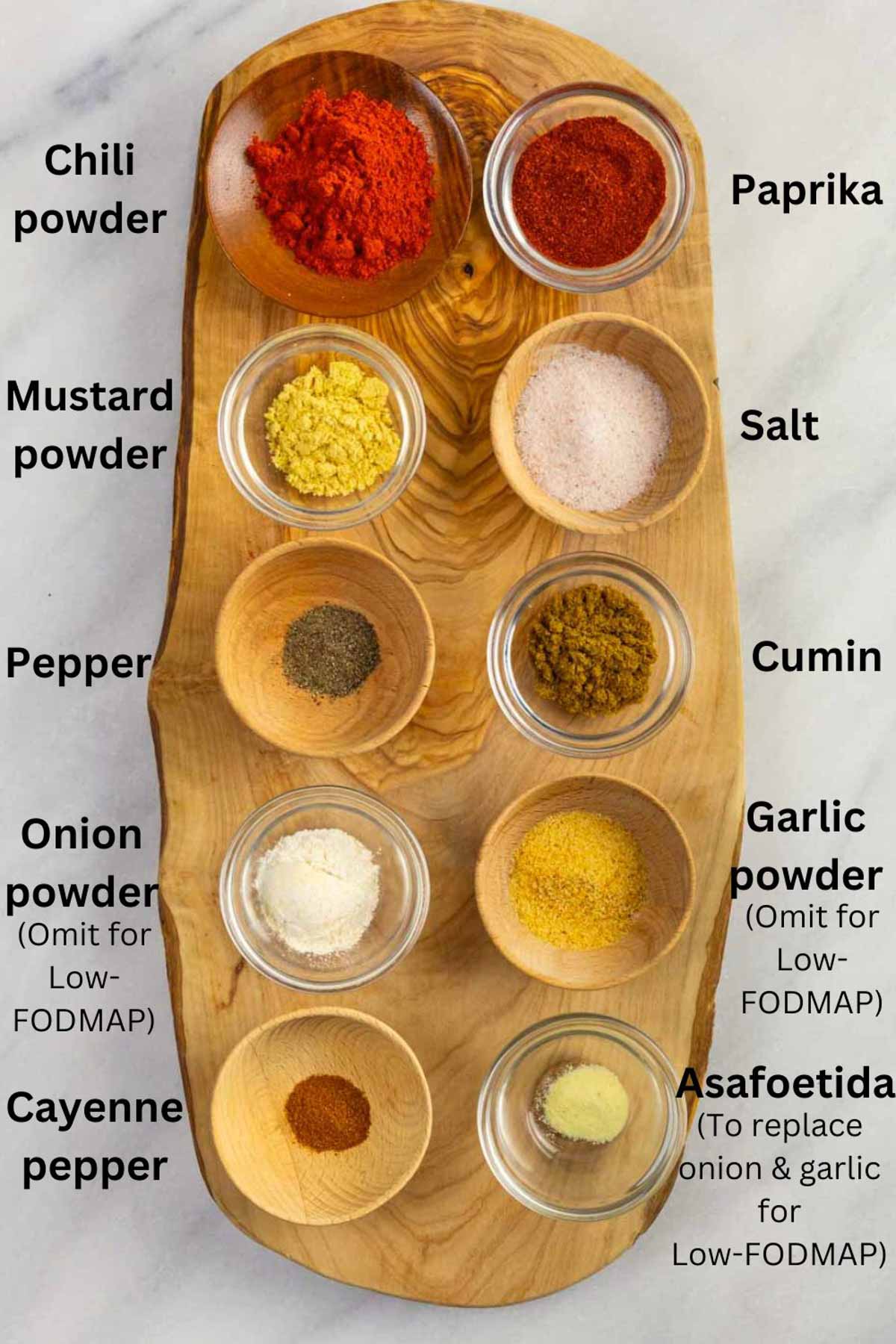
Ingredients
- Paprika – smoky, spicy and a little sweet, this adds body to the rub. Use smoked paprika for a more smoky flavor.
- Chili powder – my favorites are chipotle and Kashmiri chili powder. If you’ve never tried Kashmiri chili, I very highly recommend it! The color and the flavor is absolutely phenomenal. I use it in my Tikka Masala Powder recipe and am totally in love with it. It’s amazing in this buffalo spice.
- Cumin – just a little bit of cumin adds depth of flavor
- Mustard powder – adds a nice zing and brightness
- Garlic powder – garlic is a signature flavor of buffalo sauce and rub. Omit for low-FODMAP.
- Onion powder – its tangy and pungent flavor is so good in this recipe. Omit for low-FODMAP.
- Black pepper – adds earthiness and complexity
- Cayenne pepper – adjust to your tastes. This brings the heat!
- Asafoetida (optional) – this low-FODMAP spice is a great onion and garlic substitute. Add a small amount in place of the onion and garlic. Read more about it in my Asafoetida Ingredient Spotlight.
- Salt – sea salt is best
Does buffalo seasoning use low-FODMAP spices?
Classic buffalo seasoning has a bold garlic flavor. If you’re looking for a low-FODMAP spicy chicken rub, you can certainly make this a no onion no garlic recipe and just leave them out. It will still taste amazing using only FODMAP-friendly spices and adding asafoetida as a garlic and onion substitute. However, some of these ingredients can aggravate IBS symptoms for some people, so proceed with caution if you don’t know how you’ll react to the capsaicin in paprika, chili powder and cayenne.
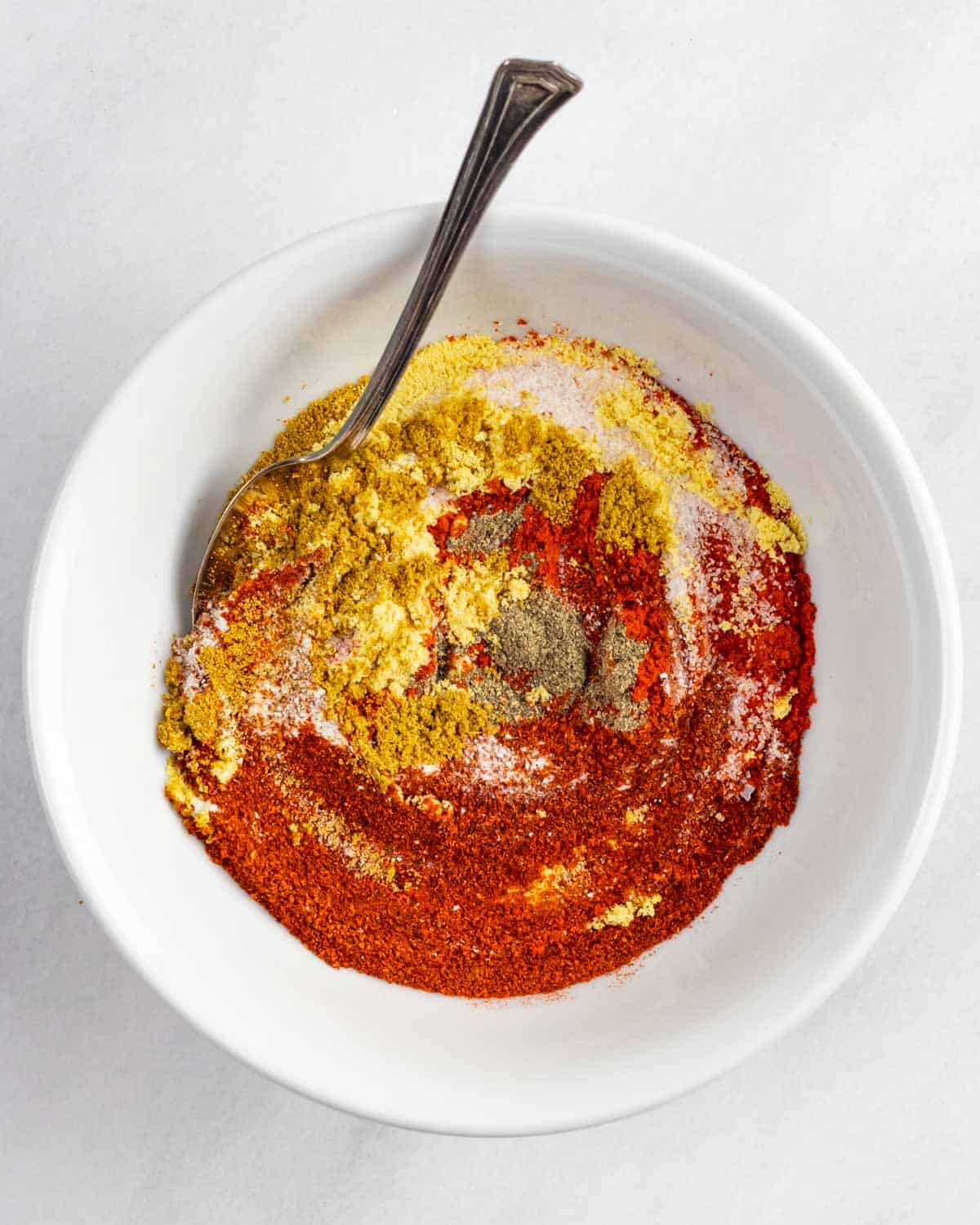
Instructions
Making homemade buffalo rub is one of the easiest things.
Simply add all of the ingredients to a small bowl and mix until thoroughly combined.
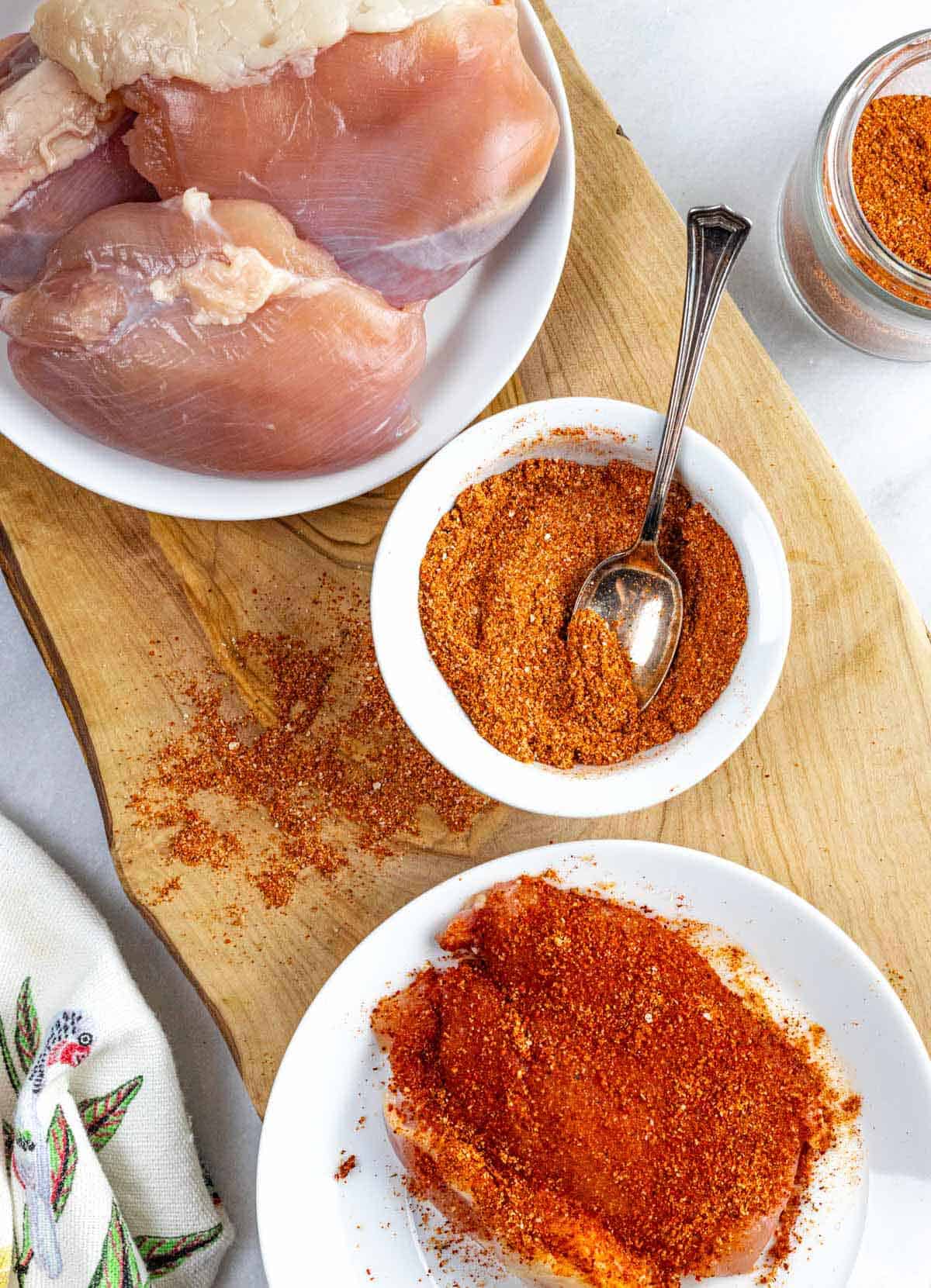
How to use
This spice blend is perfect for making buffalo chicken wings, smoked chicken, or even as a spicy blend for your Smoked Turkey Breast or Whole Roasted Chicken.
- Add before cooking – sprinkle onto your meat or veggies before cooking. Depending on what you’re cooking, you may want to use a binder, such as olive oil or butter. This adds a tacky coating that allows the spices to adhere to the surface.
- Toss after cooking – this spice mix can be added after cooking, as a finishing seasoning, for additional heat and flavor. Sprinkle some on eggs or roasted vegetables.
- As part of a marinade – add to liquid for a wet marinade. It pairs well with citrus like orange, lemon and lime.
How to store
Store spices in a sealed, airtight container (preferably glass), away from light and heat.
Variations
- Add vinegar powder and/or butter powder – this combination creates the true flavor of buffalo sauce
- Make it sweet – add your favorite sweetener. I suggest Swerve Brown or regular brown sugar or maple sugar if you don’t follow a low-carb diet.
- Try different chili powders – there are many chili powders to try, including Kashmiri chili powder, jalapeño powder and habanero powder for a screaming hot spice blend.
FAQ
The name originates from a buffalo sauce that was created in Buffalo, New York in a restaurant called Anchor Bar. It originally included cayenne, hot sauce and butter.
The typical flavors associated with buffalo rub and sauce are tangy, buttery and spicy. Buffalo sauce will contain vinegar from hot sauce that adds a tangy flavor which complements the savoriness of butter, the spice and heat of cayenne, and the bold flavor and heat of the chilis in the hot sauce.
It depends on the recipe. While it’s often considered medium hot, by making your own, you’re in control of the heat level by adding more or less chili and cayenne or using a different kind of chili powder, such as habanero powder.
How long you keep spices will depend on how they are stored. Generally, if stored properly in a tightly closed container, ground spices last up to three years. Whole spices tend to last a bit longer, up to four years. The best way to evaluate the freshness is to smell them. If they have lost their aroma, are clumpy, or just don't look or smell right, then it's best to throw them away.
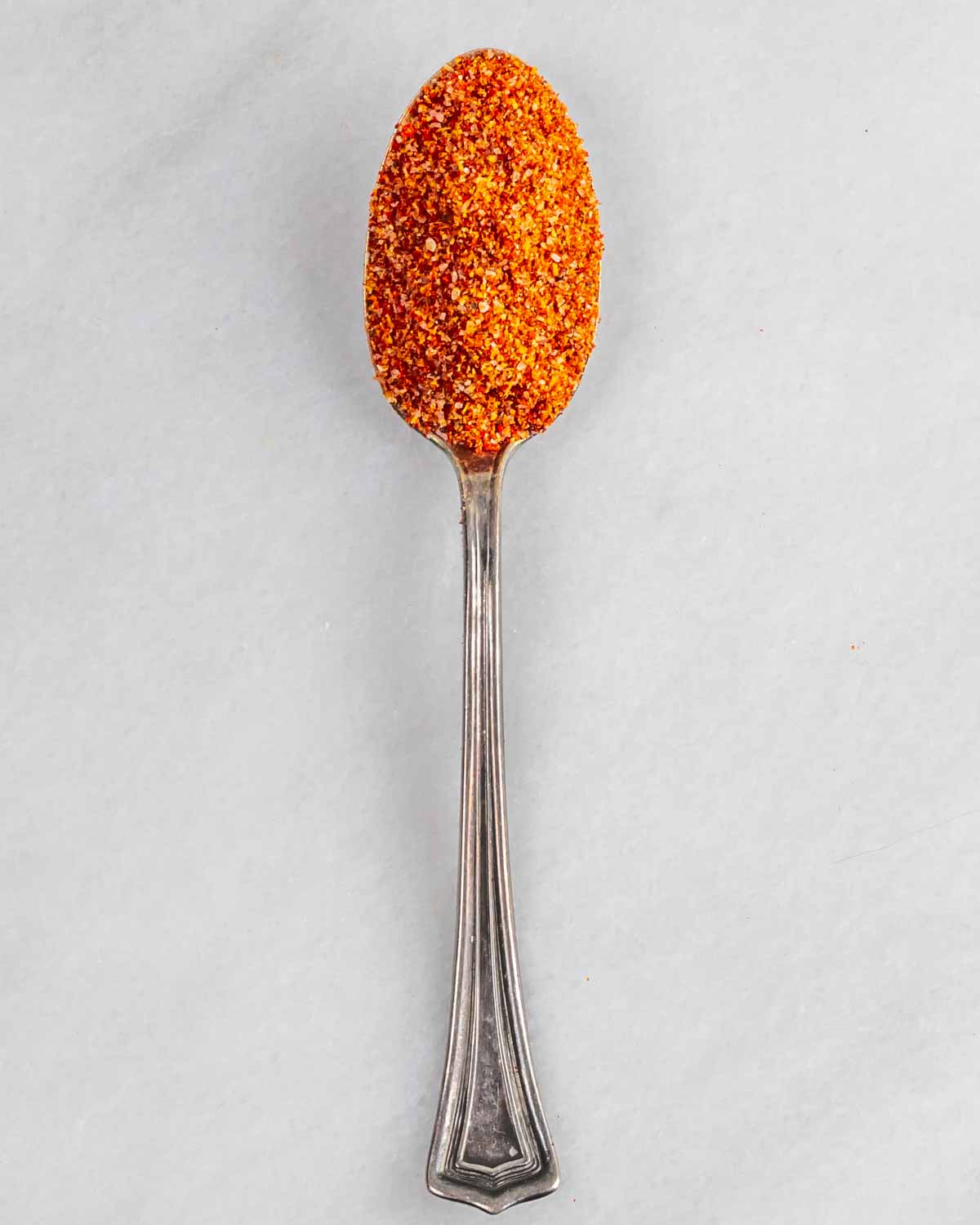
Other great rubs for chicken
Did you make this recipe? Let me know how you liked it by giving a star rating and leaving a comment!
📖 Recipe
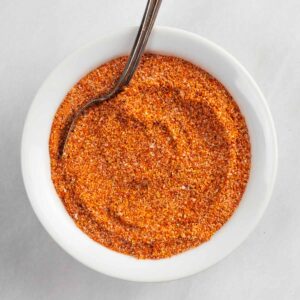
Buffalo Chicken Dry Rub
Ingredients
- 2 teaspoons chili powder (I use Kashmiri or chipotle chili powder)
- 2 teaspoons salt (fine sea salt)
- 2 teaspoons paprika (sweet or smoked)
- 1 teaspoon mustard powder
- 1 teaspoon cumin powder
- 1 teaspoon garlic powder (omit for low-FODMAP)
- 1 teaspoon onion powder (omit for low-FODMAP)
- ¼ teaspoon black pepper
- ¼ teaspoon cayenne pepper (add more to taste)
- ⅛ teaspoon asafoetida powder (use in place of onion and garlic powder for low-FODMAP)
Instructions
- Add all of the ingredients to a small bowl and mix until thoroughly combined.
Notes
How to use
- Add before cooking – sprinkle onto your meat or veggies before cooking. Depending on what you’re cooking, you may want to use a binder, such as olive oil or butter. This adds a tacky coating that allows the spices to adhere to the surface.
- Toss after cooking – this spice mix can be added after cooking for additional heat and flavor. Sprinkle some on eggs or roasted vegetables.
- As part of a marinade – add to liquid for a wet marinade. It pairs well with citrus like orange, lemon and lime.
How to store
Store spices in a sealed, airtight container (preferably glass), away from light and heat.Variations
- Add vinegar powder and/or butter powder – this combination creates the true flavor of buffalo sauce
- Make it sweet – add your favorite sweetener. I suggest Swerve Brown or regular brown sugar or maple sugar if you don’t follow a low-carb diet.
- Try different chili powders – there are many chili powders to try, including Kashmiri chili powder, jalapeño powder and habanero powder for a screaming hot spice blend.
Nutrition
*Net carbs = carbohydrates - fiber
Nutritional information is an estimate, calculated using online tools and does not include optional ingredients unless otherwise indicated.


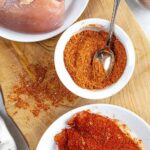
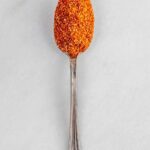
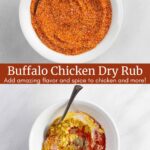
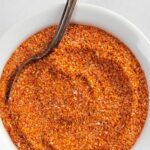
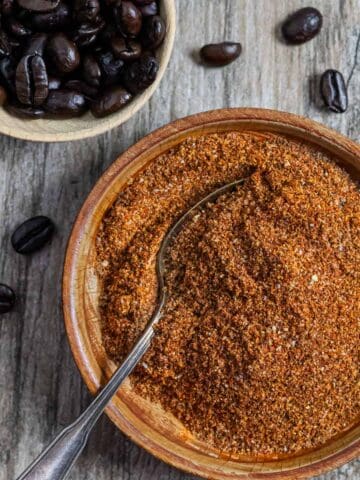
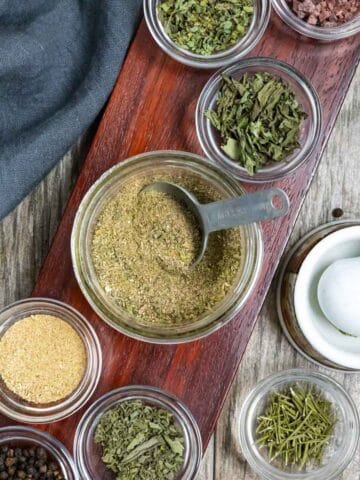
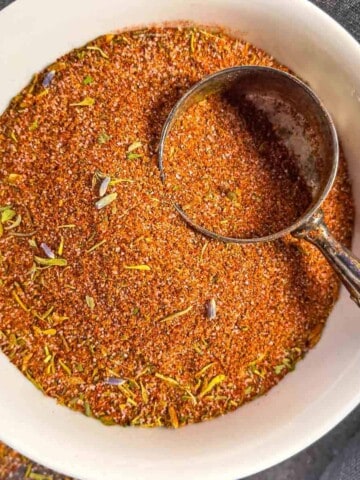

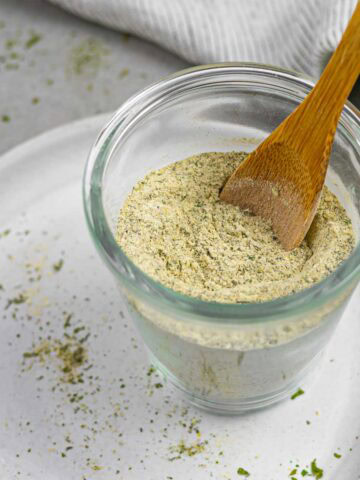
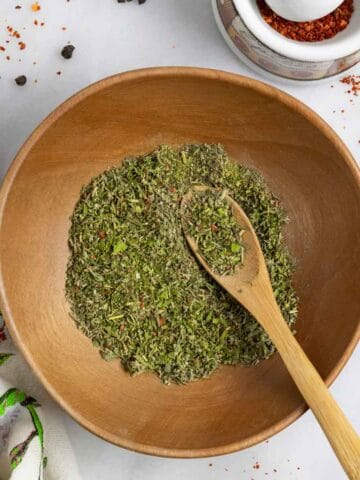
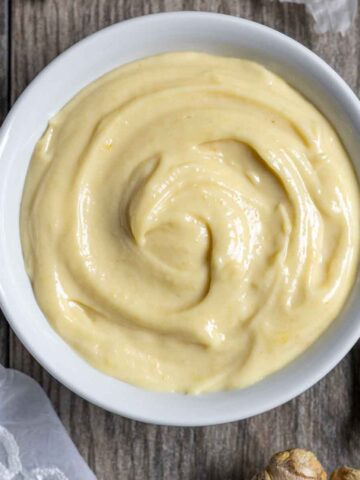
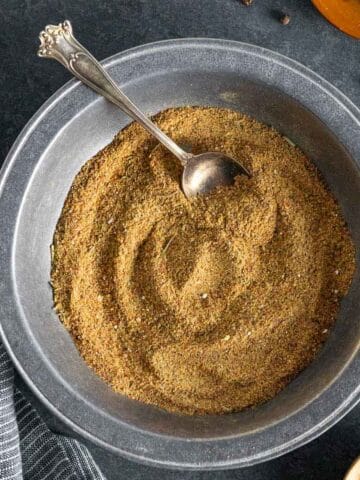
Elle says
Magic dust is right! Saw this on Pinterest and oh gawd it’s good. I really do want it on everything - haha.
Tracey Hatch-Rizzi says
Hi Elle,
I'm so happy you like it! I know exactly how you feel - I look forward to my next meal with this spice blend all the time. It's truly one of my favorite things.
Best,
Tracey